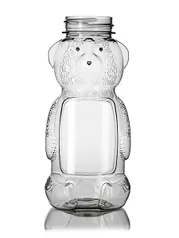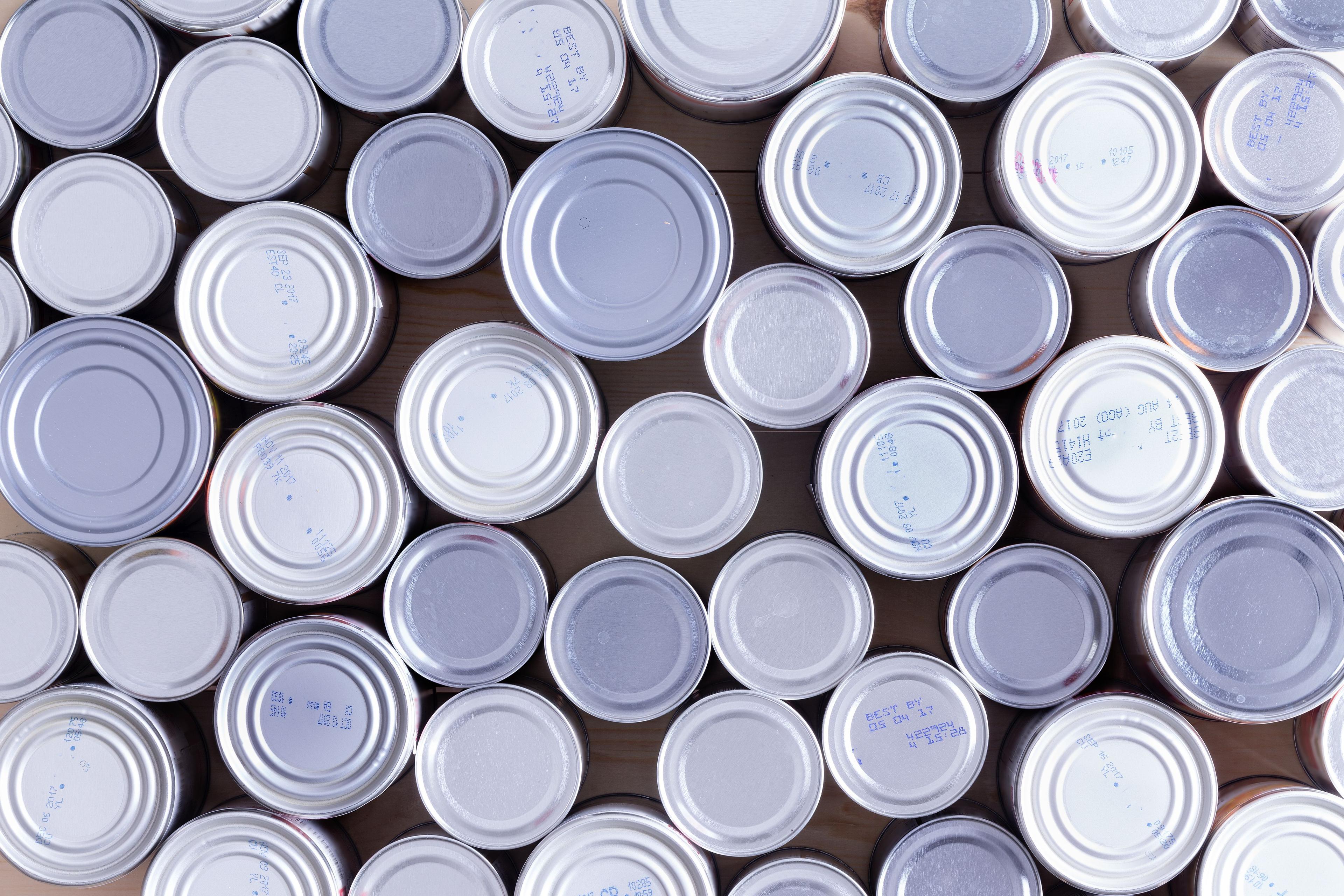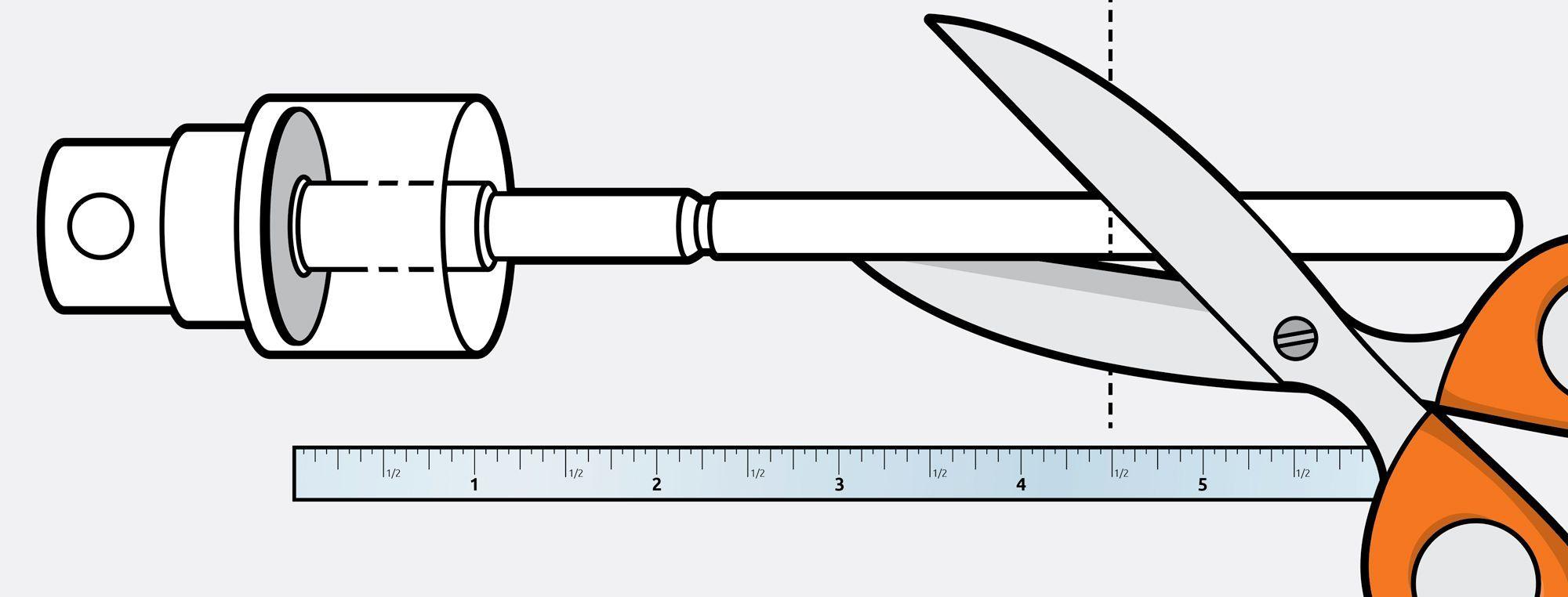Measuring Honey: Fluid ounces vs. Net weight ounces


Measurements are a pain. As if it's not difficult enough weeding through the wrong bottles and jars until you find that one flawless container, you also have to keep in mind troublesome dimensional details. Height, diameter, weight, mass. And don't forget cm, in, mm, oz and gram.
Seriously? These particulars can provoke an especially sticky situation when you are searching out packaging for honey. No pun intended. Well, maybe it was intended, just a bit. I will make up for my tacky (hey, I did it again!) humor with an insightful article that will make honey packaging seem a whole lot simpler.
Let's start with an example. On our honey container page the honey bear is listed as having an 8 oz capacity but holds 12 oz of honey. Those are two separate measurements for one container. This description would seem nonsensical to most people. But with a quick lesson about ounces you will be equipped to solve any measuring manic you henceforth fall into.

The key to understanding this predicament is to become familiar with the two most commonly used types of ounces, fluid and net weight. In the B326C example above, the first measurement of 8 oz is given in fluid ounces (FL. OZ.). The second measurement, 12 oz is reflective of net weight ounces (NET WT. OZ.), the standard by which honey is typically measured and sold.
Fluid ounces are the form of measurement that are immediately thought of when determining how many ounces a given bottle or jar will hold. This unit measures the liquid volume capacity of containers, like you would expect from a beverage or shampoo container. Net weight ounces do not consider volume estimates. Instead, this number refers to the mass or weight of a product. Like honey, other cooking materials, such as powders are measured by net weight ounces as well.
Now that this concept is as clear as a mud puddle, here's the crowning jewel and all you really need to know. B326C's volume capacity is 8 FL. OZ, which is equal to 12 NET WT. OZ. Unfortunately there is no secret formula to determine fluid ounce to net weight ounce. That would be far too simple. What you do know is that this honey bear doesn't actually hold more honey than it's described to, the contents are merely measured in a different way.
Speaking of honey bears, they are pretty iconic containers. And now that you understand how their contents are measured they would be an adorable addition to any honey product line. We carry 8 FL. OZ. honey bears, which convert to 12 NET WT. OZ. as well as a 5 FL. OZ. option that convert to 8 NET WT. OZ. for sellable honey. These items are made from two different resins, PET (B326C, B326F) and LDPE (B326, B339). LDPE is a more squeezable resin that may allow for better consumer access. Whereas the PET shows off the honey better.
If honey bears aren't your style we carry other wide mouth honey bottle options. From a decorative beehive style to a simple dairy look, the containers are natural in color, making it easy to monitor levels of product. They range in size from 24 NET WT. OZ. to 54 NET. WT. OZ.
Dealing with honey can be a messy situation, but nothing you can't handle. Simplify the situation and take a look at our plastic honey bottles, where we list both fluid ounce and net weight ounce measurements. Here's to wishing you sweet packaging endeavors.
Check out our Honey Bears container family or our wide mouth honey bottle options.





